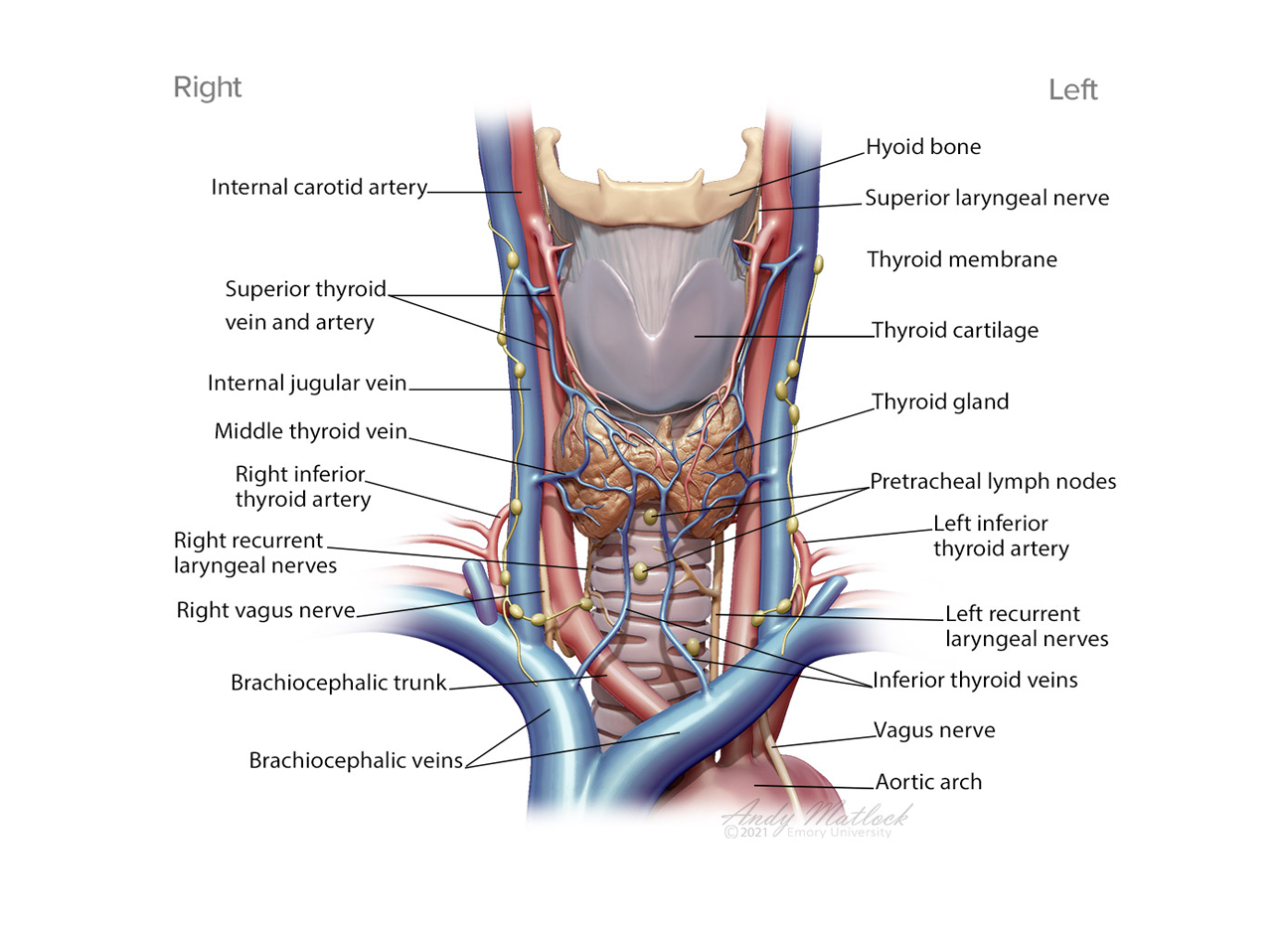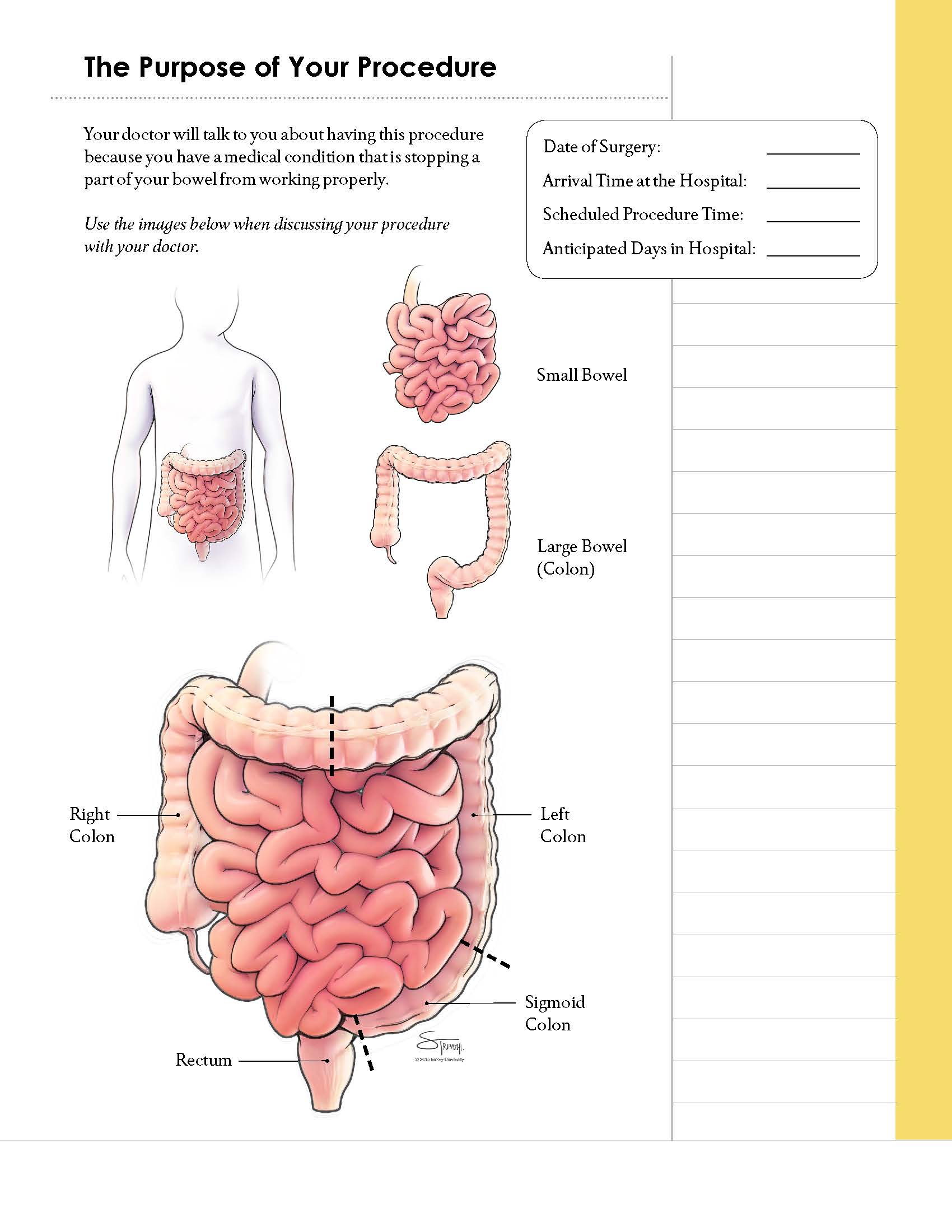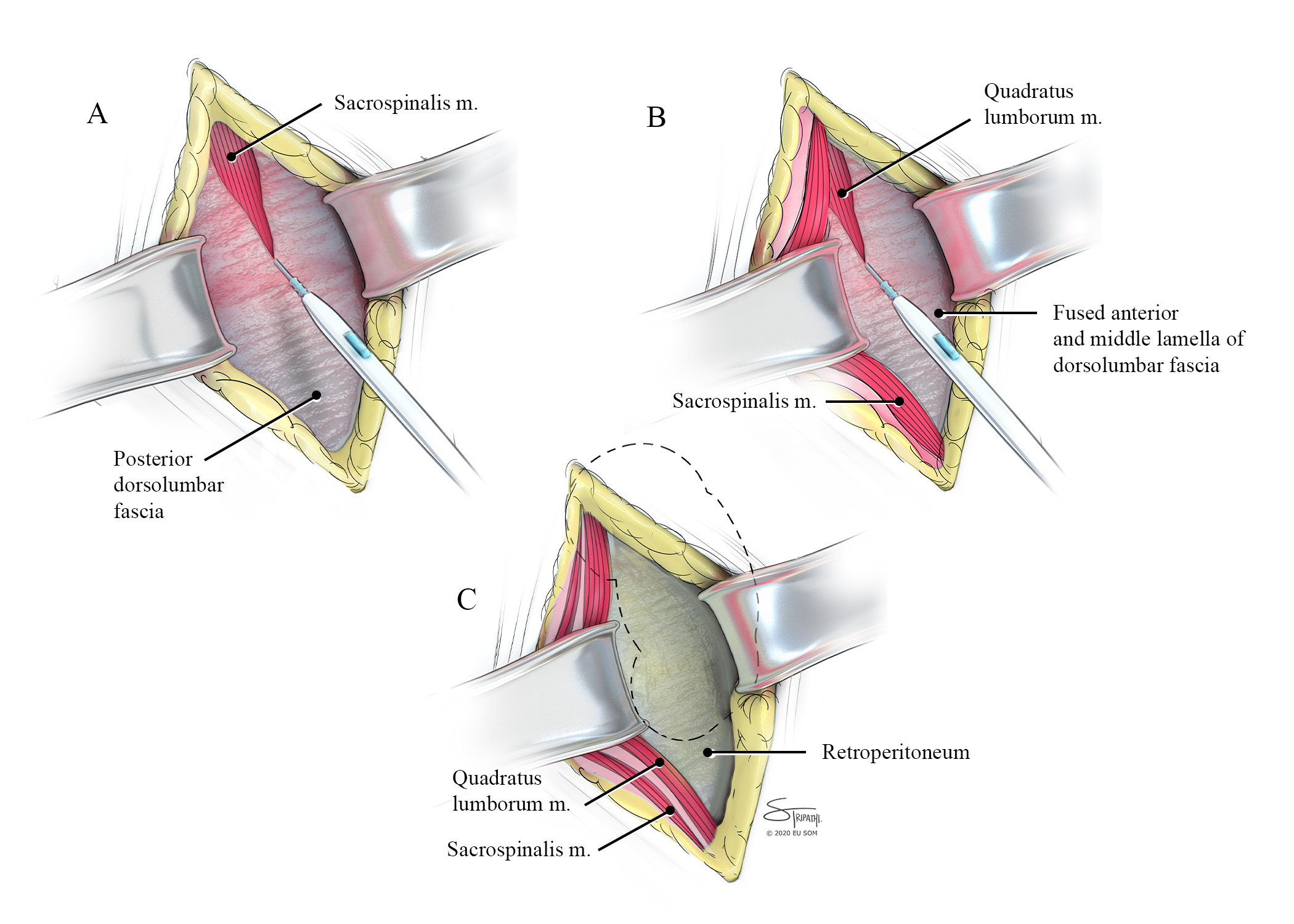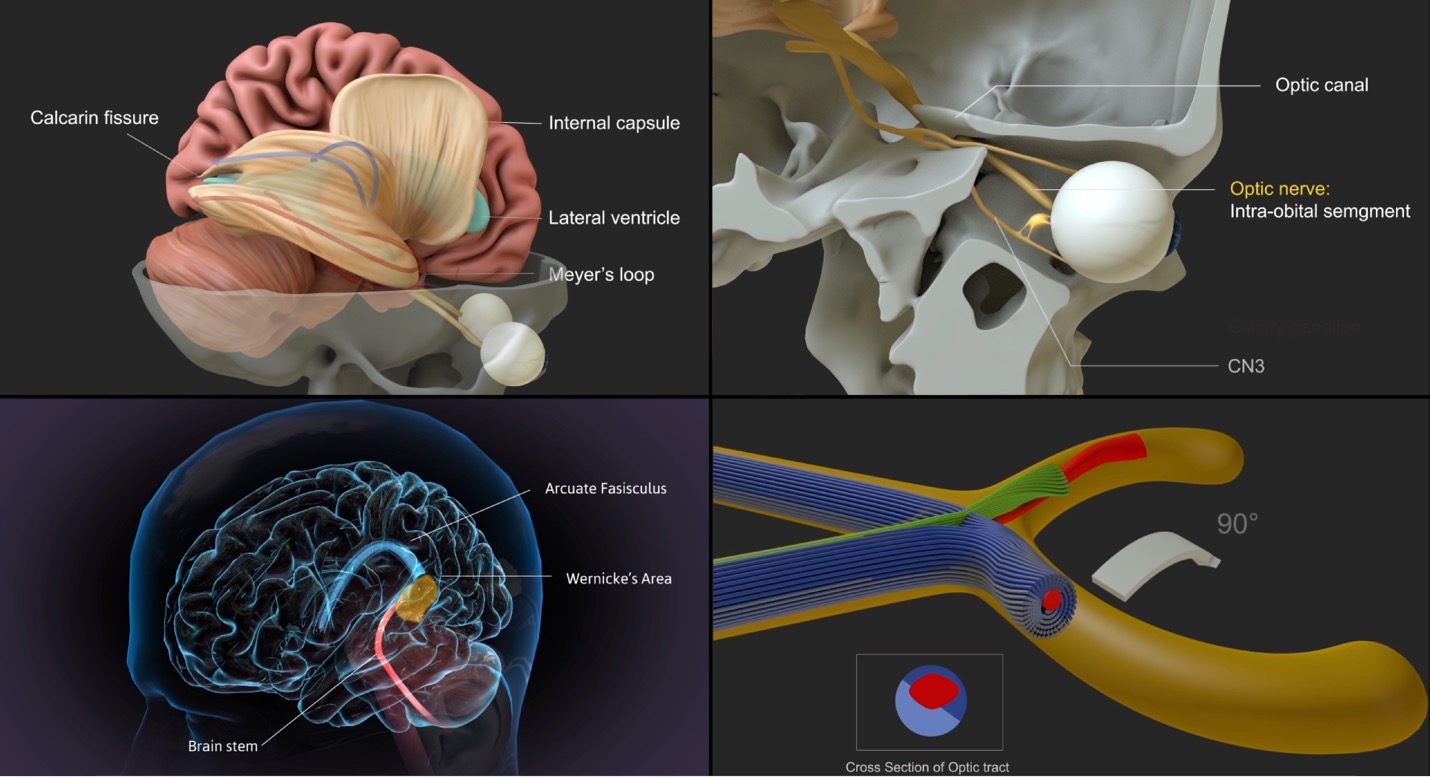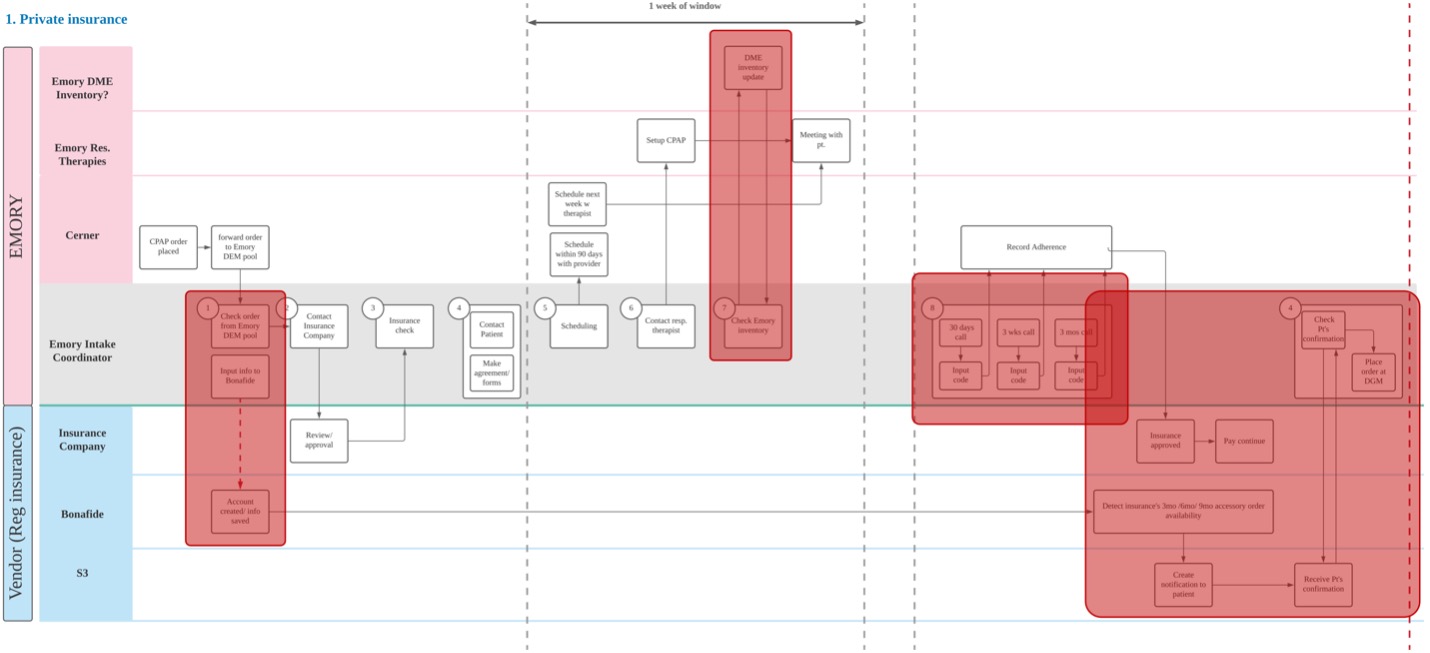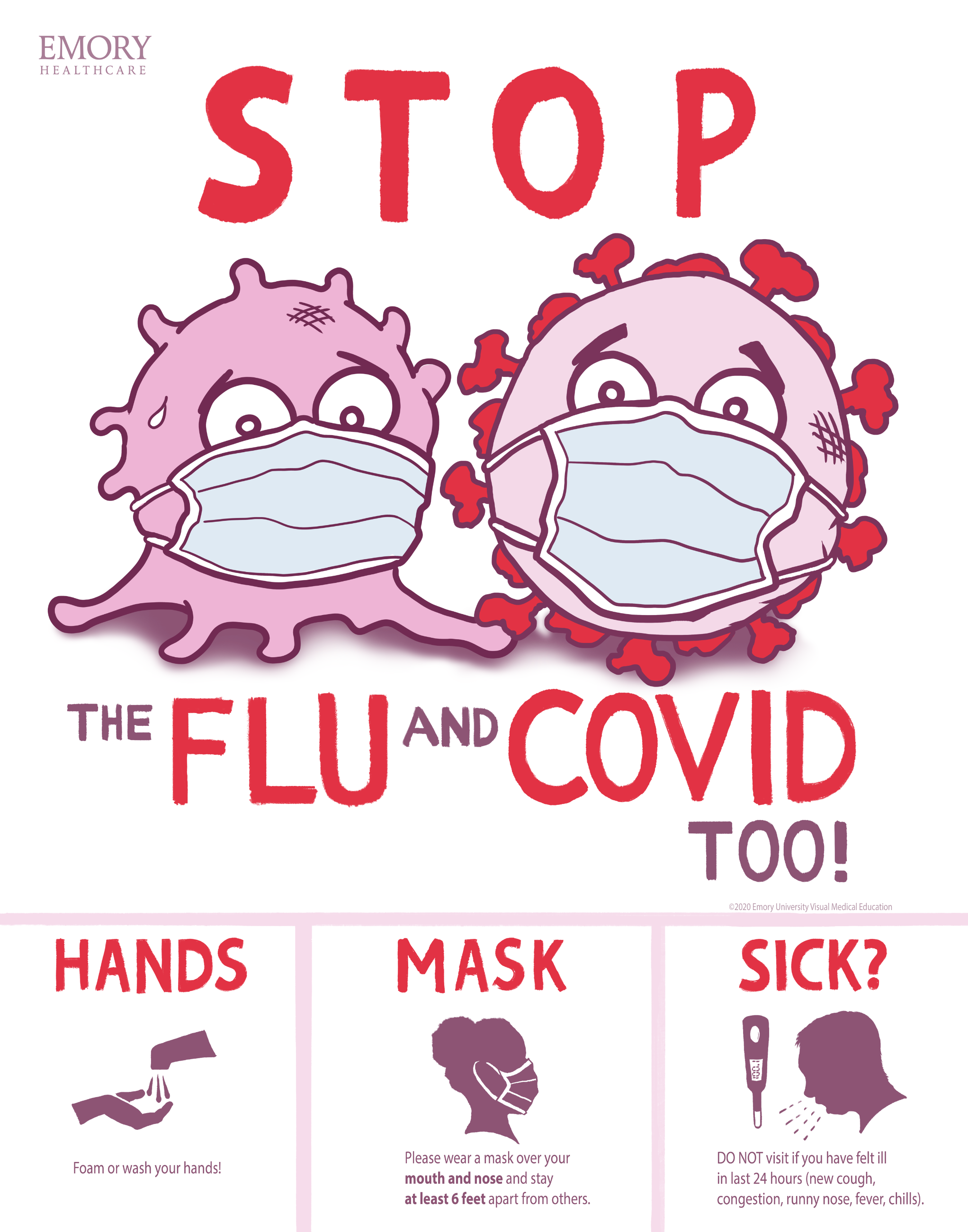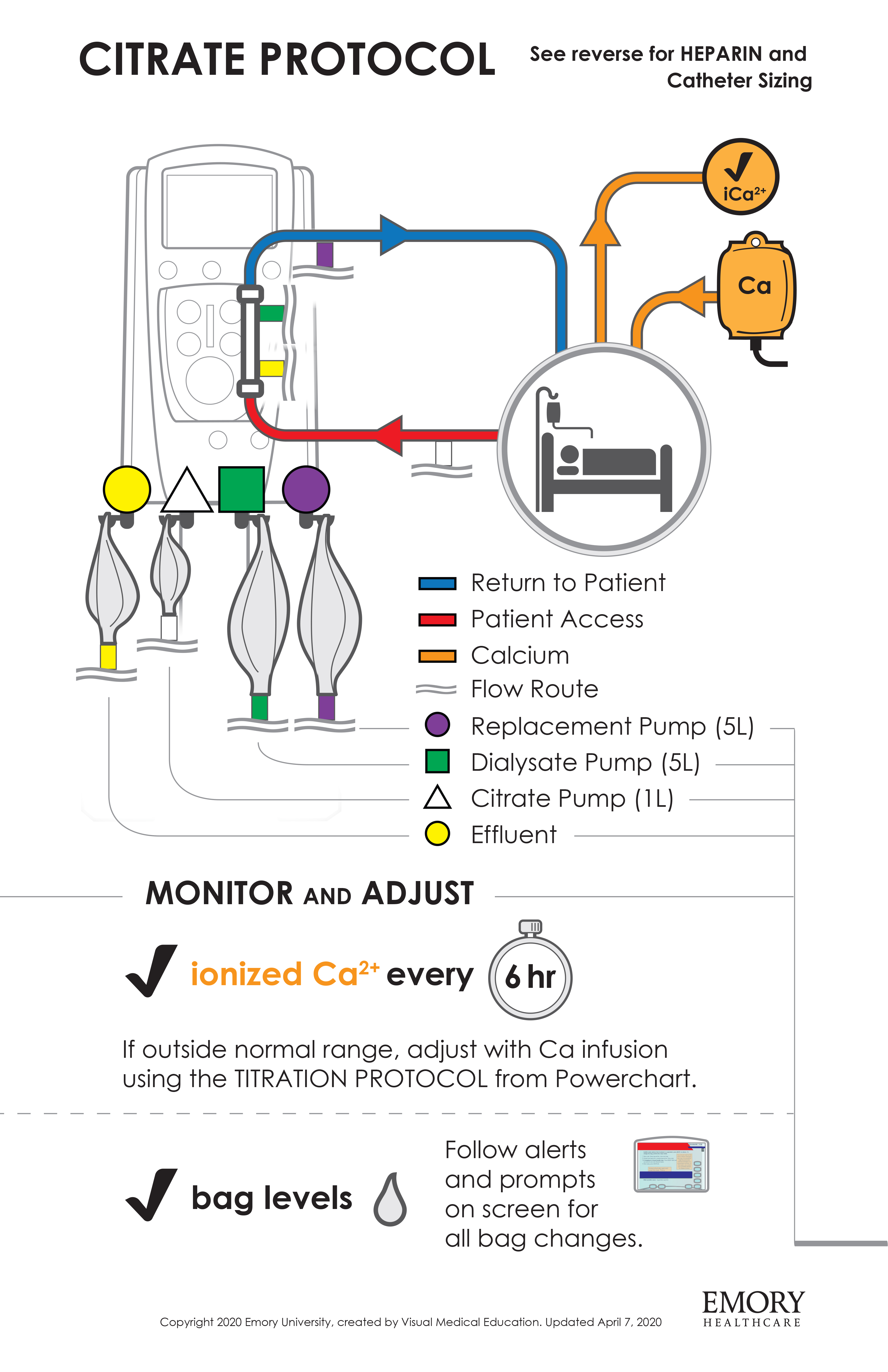Emory Visual Medical Education creates a wide variety of projects in the areas we serve. These case studies are only a few of the hundreds of projects we have been involved in. They showcase some of the different uses of visual education. Some project represent a few hours of work, and some were more than a year in development. Each was carefully designed to help our Emory collaborators achieve their goals, sometimes in unexpected and innovative ways.
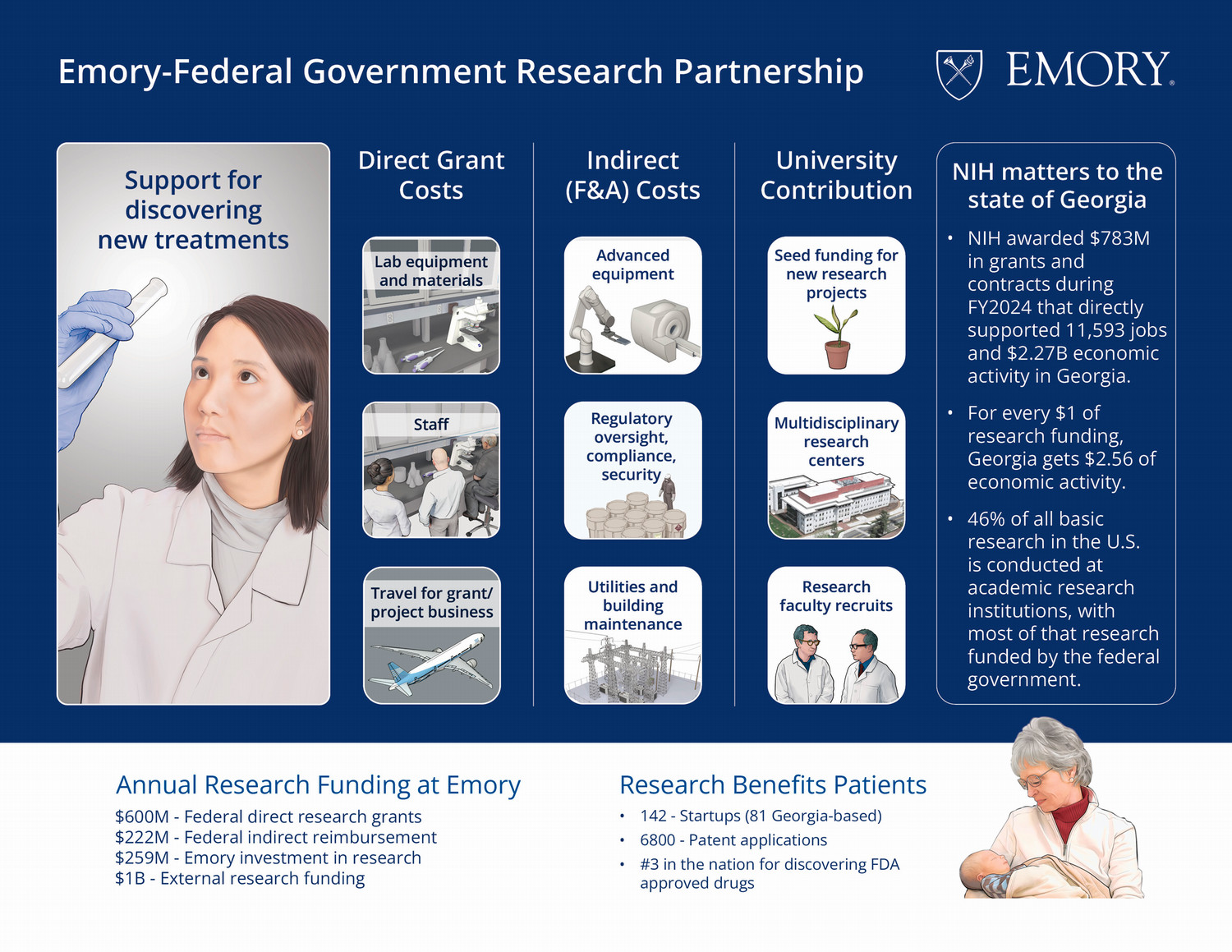
Emory-Federal Government Research Partnership
Created by Michael Konomos
Each year Emory University engages in world-class health sciences research that positively impacts patients everywhere. A partnership between the federal government and Emory University makes life-changing discoveries possible. This one-pager was used on Capital Hill to help Emory University's President Fenvez and the Government and Community Affairs team have important conversations with lawmakers and their support staff. This image is also being used locally to help Emory advocate for continued support.
This illustations that are included were created to make abstract funding concepts more concrete and memorable. The layout of the information is designed to lead the eye from the lab to the patient, telling the story in the middle of some key components that are supported this crucial partnership.

SCORE Surgical Anatomy
Created by Andy Matlock
A large volume of 3D-models were created to accurately depict surgical anatomy to residents in training. The resulting illustrations are available to trainees with access to SCORE.
Coping With Pain After Surgery
Created by Michael Konomos
This handout and the accompanying video were created to empower orthopaedic patients with practical tools for managing pain after surgery. The pain scale gives them language to understand and communicate about pain in relation to their ability to function. The handout encourages participation in their recovery, prompting ideas for distraction and reminding them of key tools covered in the video. The video itself guides patients through various alternatives to opioid use, as well as safe use and disposal of opioids when necessary.
We were intentional in our character design in the animations to depict a diverse ages, ability, skin color, gender, and injuries in order to help more patients identify with the story.
Video by Damon Meharg, character design, animation, editing, layout, and design by Michael Konomos.
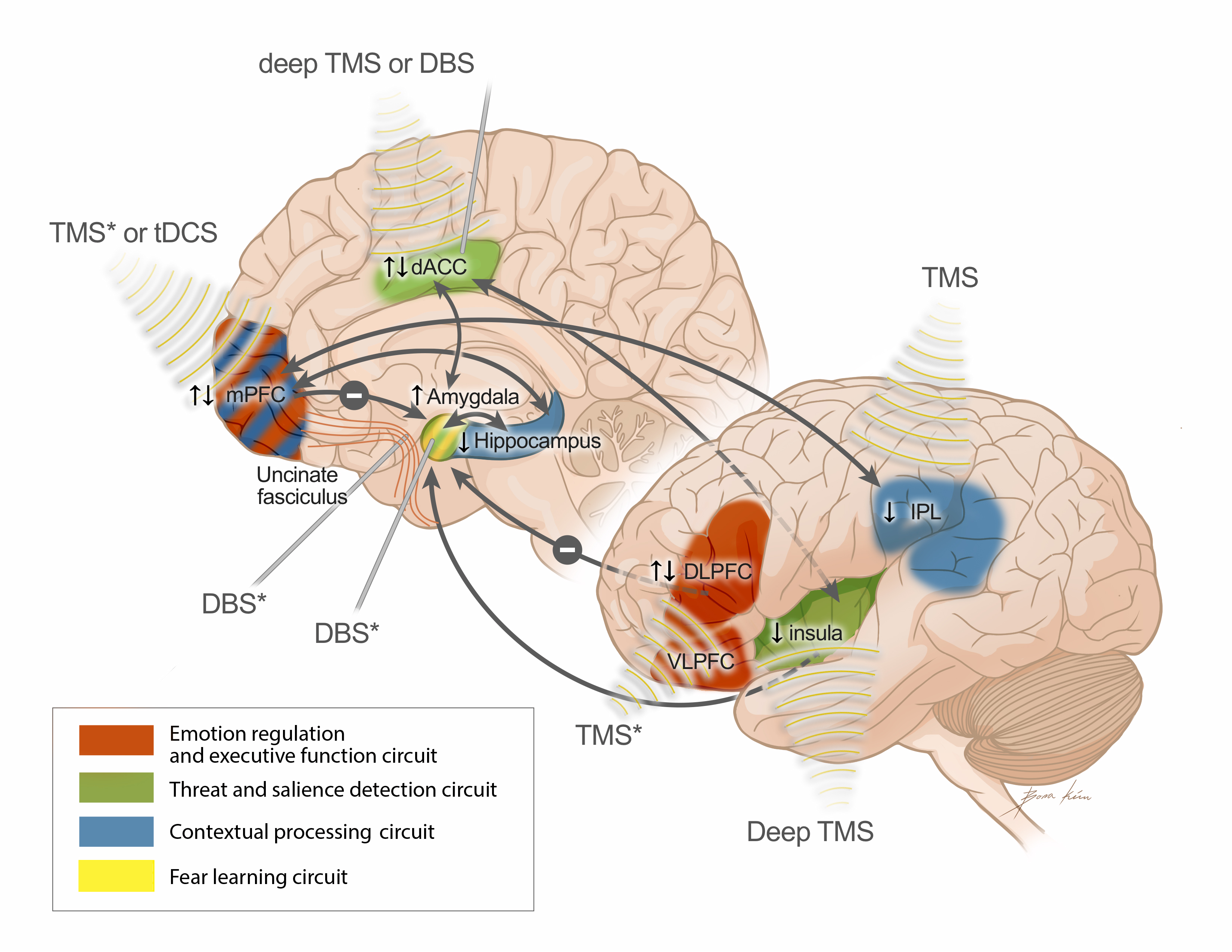
PTSD Treatment Response
Created by Bona Kim
The image depicts the response of various brain regions to different forms of stimulation, each represented by distinct patterns or activities. It elucidates the intricate network of brain regions involved in the response to post-traumatic stress disorder (PTSD) treatment, illustrating their connections and the potential modulation treatments that could be employed. Through this visualization, viewers gain insights into the complex interplay of neural activity underlying the treatment of PTSD, highlighting the targeted areas and pathways involved in therapeutic interventions.

Emory Empathetic AI for Health Institute Banner
Created by Michael Konomos
The new Emory Empathetic AI for Health Institute approached our team in search of an iconic image that they could use to represent their translational research institute. AI is often depicted as a brain inside of a blue man. We sought to move beyond this inaccurate cliché and depict these algorithms in a way that gives insight into the actual process.
This image depicts the gathering of unordered data, the use of algorithms to bring order to it, and the human-centered application in the healthcare setting.
On the left we see the chaos of available data (derived from actual studies from the Madabhushi lab). These converge at the center as they are brought into order. The “brain”, which only appears to be a brain, at closer examination evokes computer circuits, with subtle 0’s and 1’s composing it’s shape. The light emanating from it also represents ideas and creative insights that lead to new discoveries. The subtle code and algorithms behind it hint at the processes happening behind the scenes. These transform the many data into something coherent. We see the laptop, where the tools born from AI are delivered into a compassionate, human context. The AI is not making the decision, but rather informing the conversation between provider and patient. Seeing the expressions of real people elicits our empathy, which is at the core of the Institute. This piece is a deliberate, fundamentally human effort to depict AI in a new way. Rather than anthropomorphizing AI, we are using new metaphors and visual language to give the viewer a more accurate intuition for the process. New discoveries from existing data. Chaos to order. Above all, empathy.
Molnupiravir Animation
Created by Michael Konomos
This animation tells the story of Molnupiravir, an investigational oral COVID-19 drug invented and developed by scientists at Emory University. This was developed as an explainer for the lay public. In this video we used real models of the proteins involved to give the "characters" more tangible and believable shapes. We also made heavy use of visual metaphors to ensure that the overall concepts are understood and retained by learners of any educational level.
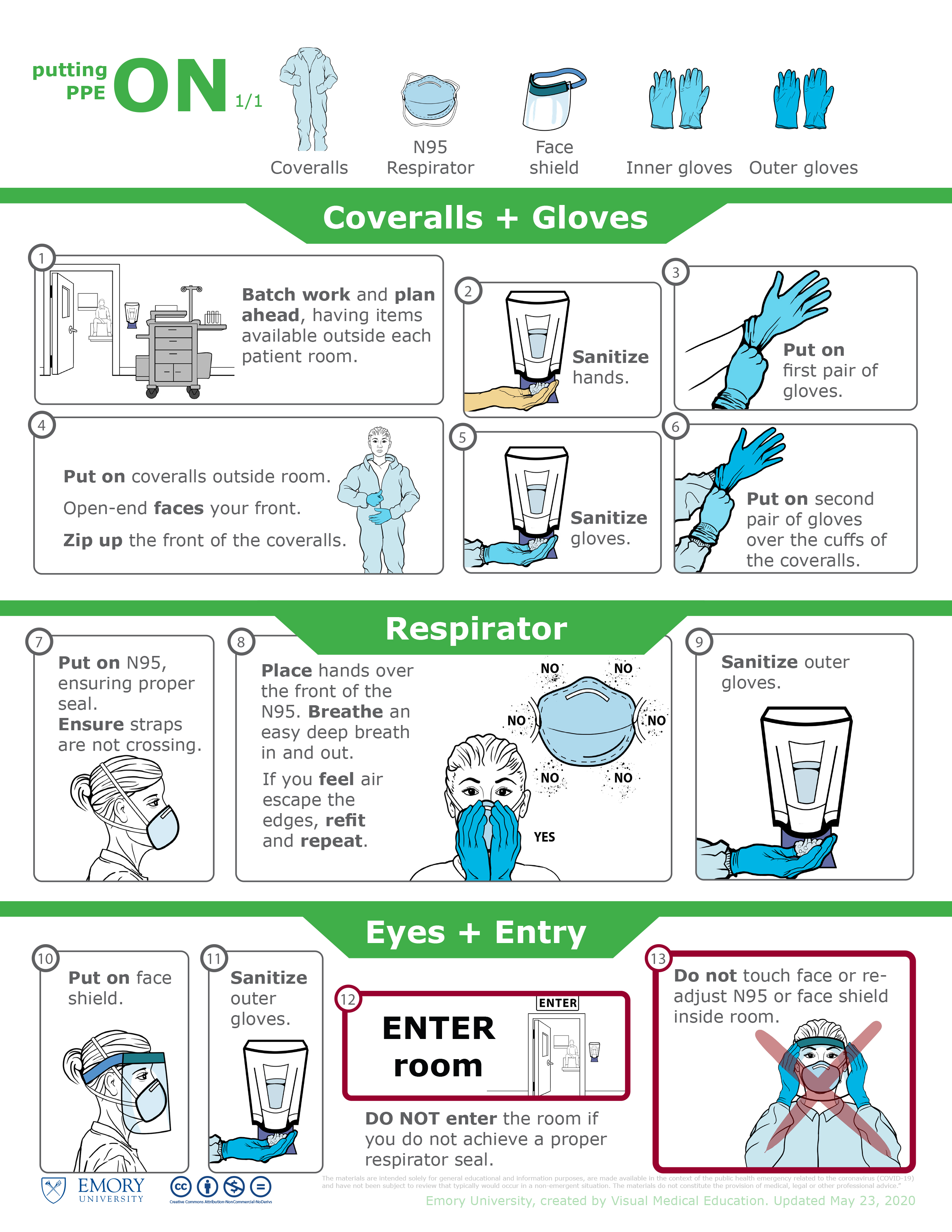
Emory PPE Education
Created by Michael Konomos, Mao Miyamoto, and Rachel Chandler
Emory Serious Communicable Diseases Program, Emory Infection Prevention, and Emory Visual Medical Education teamed up to create a large number of visual guides for the use, extended wear, and reuse of personal protective equipment (PPE). These guides have been used with enthusiasm all over the world, because they not only address ideal PPE standards, but give guidance when supplies are running low.


